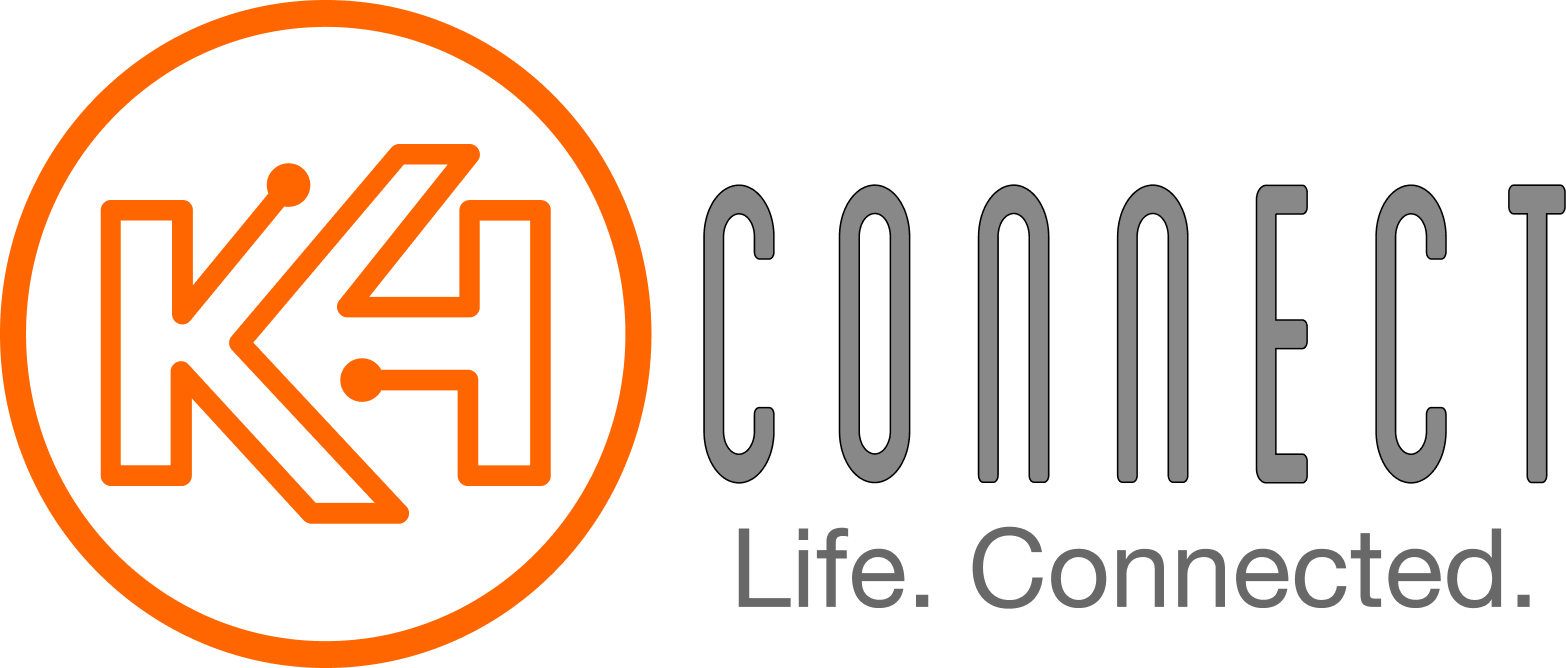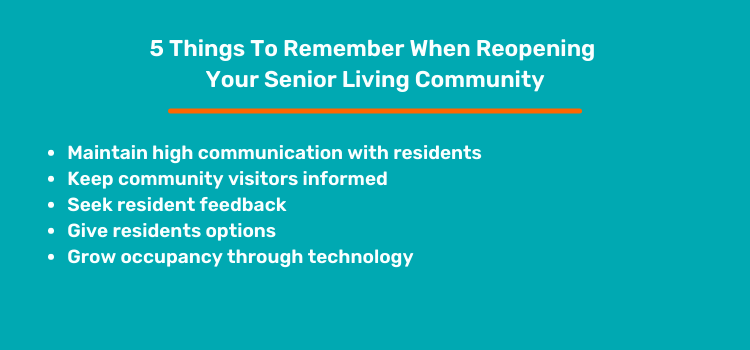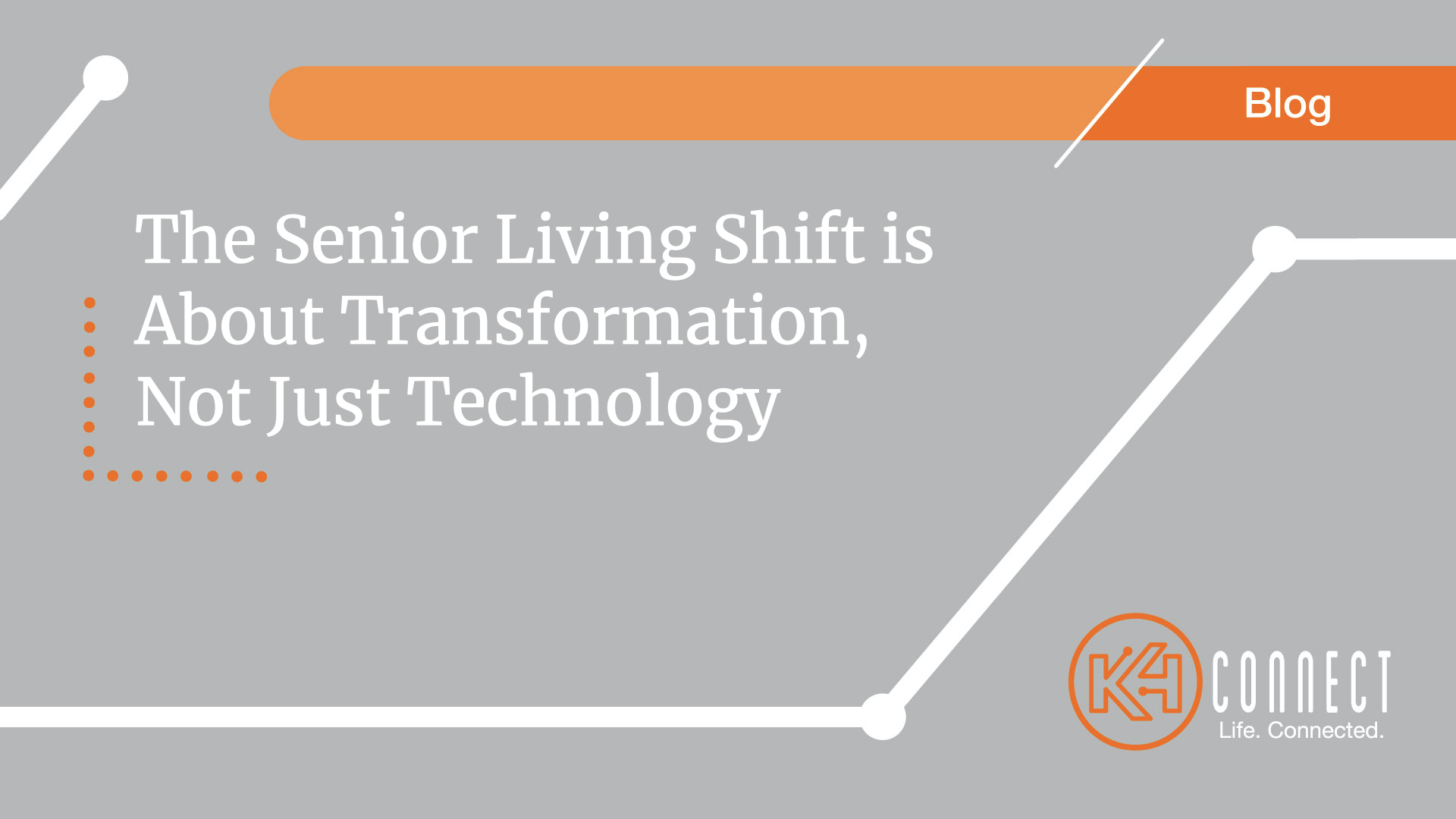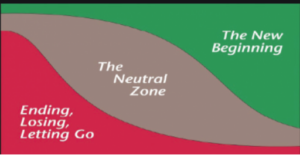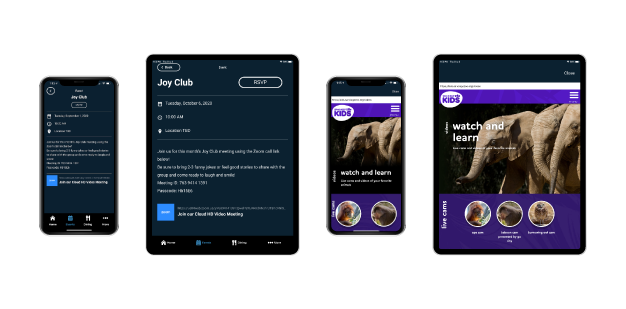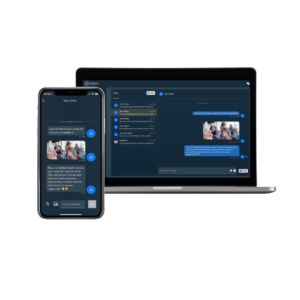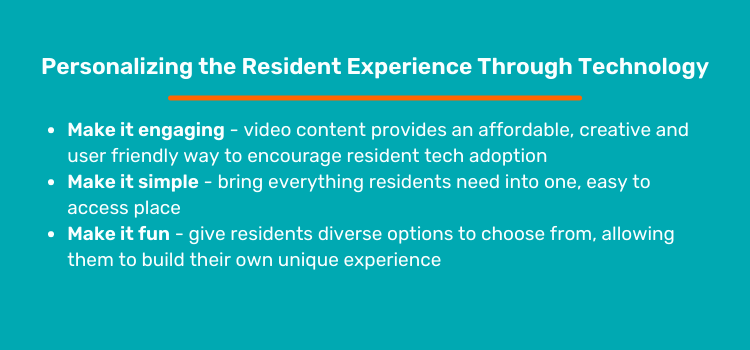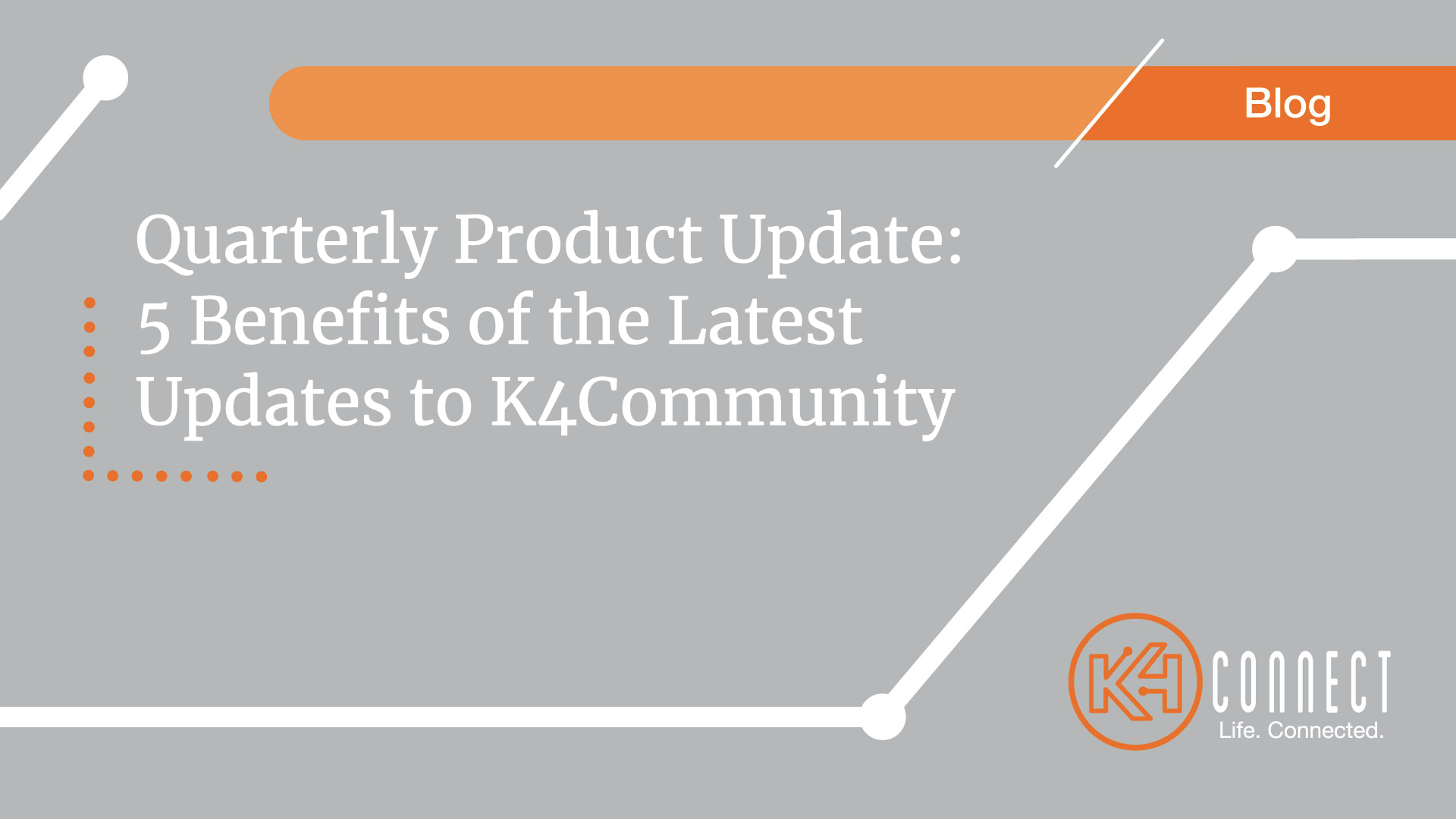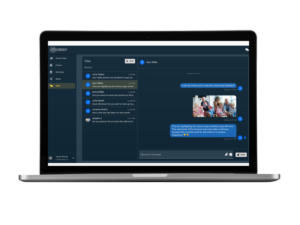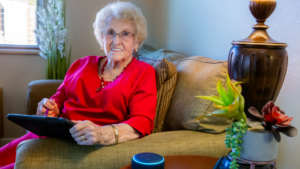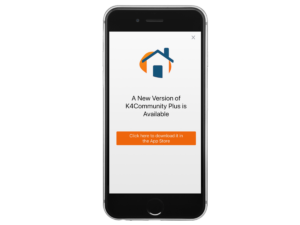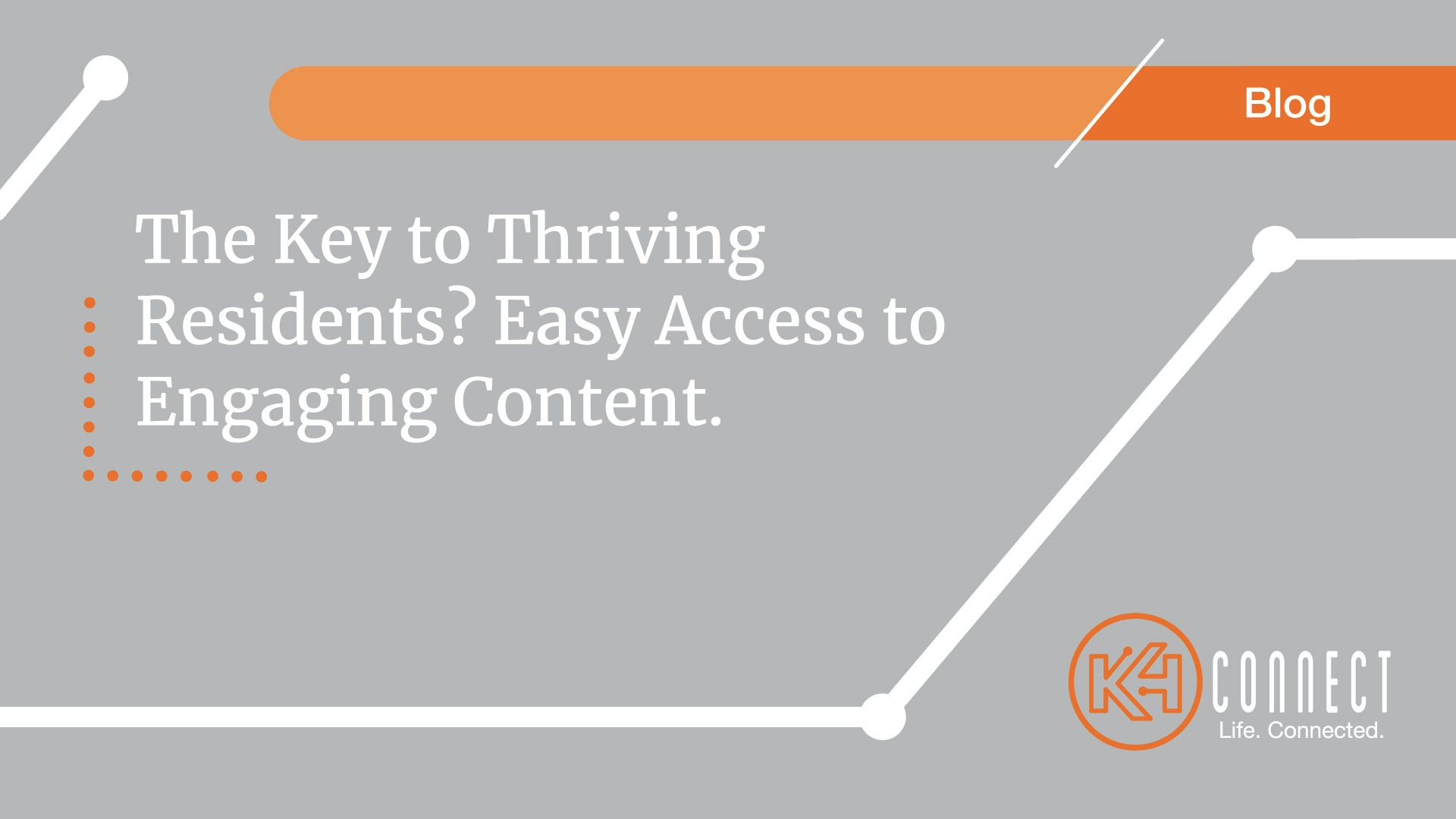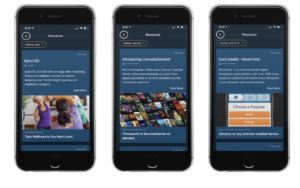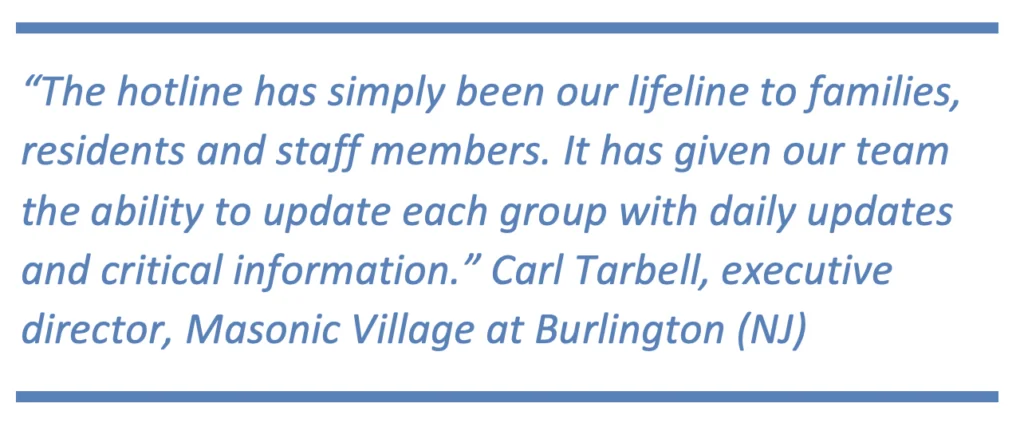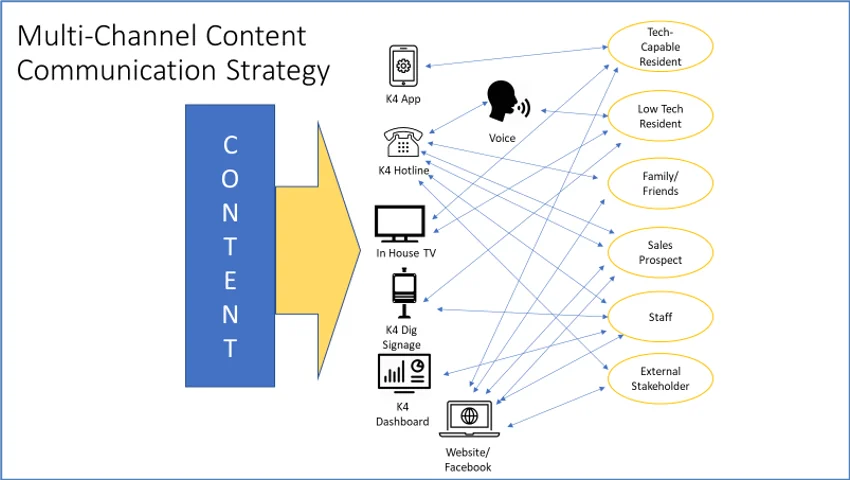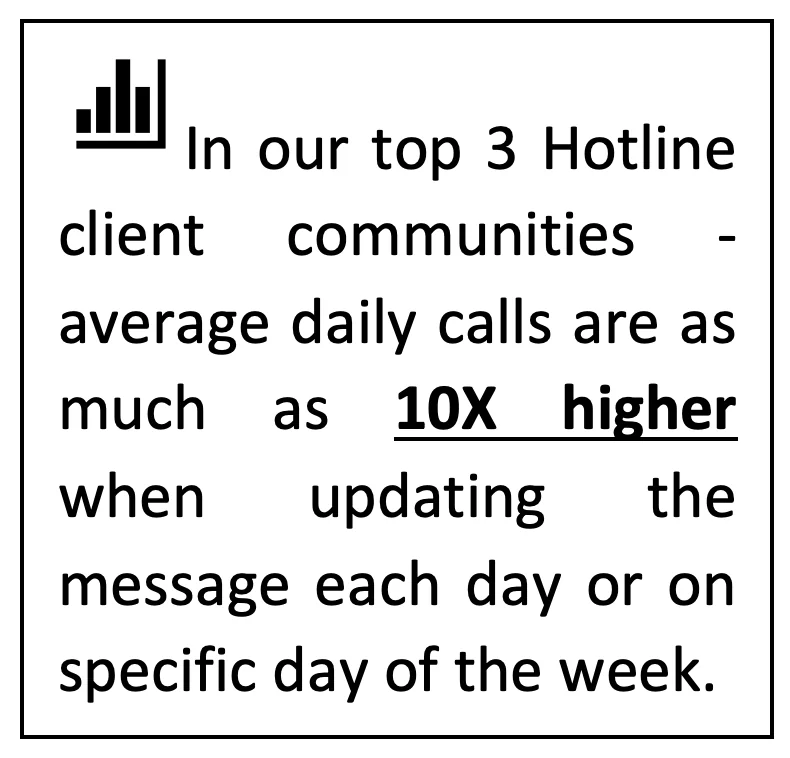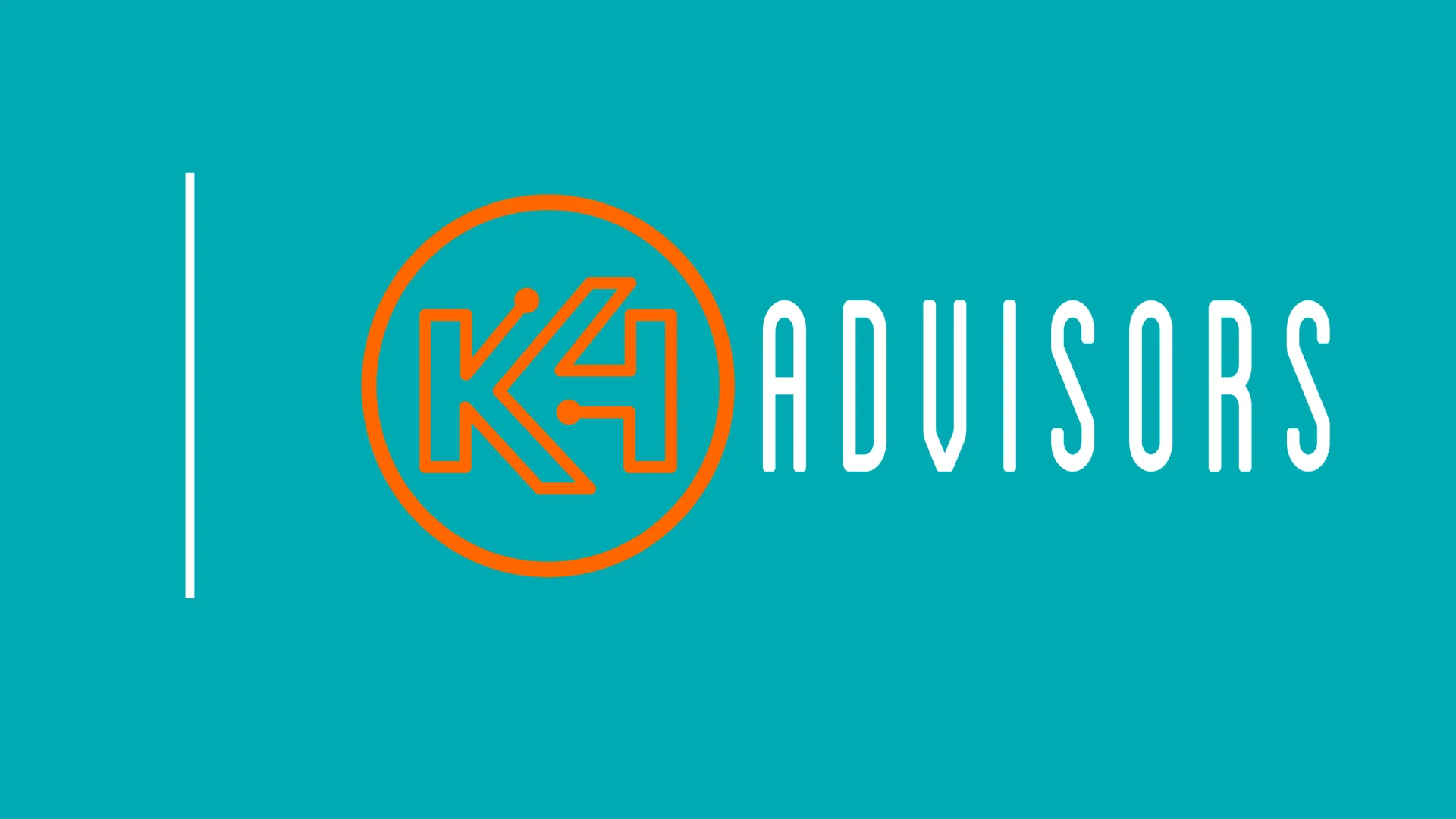“Utilize the technology you have at your fingertips to help resume vibrant resident life in your community.”
By: Diana Gore | Product Marketing Manager, K4Connect
April 14, 2021
Spring is here! As flowers emerge and trees bud, we see the beginnings of a fresh start all around us. And thankfully, senior living communities are also seeing the opportunity for new beginnings as our society transitions back to a sense of normalcy post-COVID. There have been, without a doubt, many learnings over the past 12 months and some key takeaways. As you look to reopen your communities here are five things to keep in mind:
- Keep communication high with your residents. There are still changes happening in your community as you roll out new processes and provide ongoing guidance as various restrictions are lifted. Your residents all absorb information differently so be sure to find multiple ways to provide updates. For the most important updates, remember the “Rule of 7” — communicate the information multiple times and across various platforms to ensure the message is heard and remembered. Our community partners are leveraging K4Community Digital Signage and Direct Broadcast (in-house TV Channel) to quickly and easily share written or video updates. Community staff are also creating posts in our staff tool, Team Hub, to share information via K4Community Plus (resident app) and through Alexa.

- Continue to ensure your resident’s loved ones and community visitors stay informed. Share updates with friends & family through the K4Community Plus app. If you still have community visitor limits in place, give them opportunities to sign-up for a spot to visit their loved one through simple tools like Google Forms or JotForm.
- Give your residents a voice. Before you simply shift back to some of the old ways of doing things in your community, find out from residents if there are things you started during the pandemic that they would like to see stick around. Create an online survey and share the survey link with residents in the K4Community Plus App.
Ask questions like:- Do they want to continue to have meal delivery as an option and what would they be willing to pay for it?
- What new events introduced during quarantine did they enjoy most?
- Did you roll out new content and programs through a third party provider such as Spiro100, CuriosityStream or Coro Health? If so, what programs do your residents want to continue to be able to access?
- Remember all residents may not feel safe being out and about the community or being in group settings quite yet. Ensure they have opportunities to be engaged in community events and happenings, as well. Use Direct Broadcast to live stream community meetings and various activities. Continue to create virtual events that residents can attend and participate in by simply clicking a link in the K4Community Plus app. Many of our community partners have found great success in creating virtual clubs that residents attend via Zoom. Using YouTube streaming for community meetings, religious services, concerts and fitness programs is another popular way to provide engagement opportunities to all residents, especially those that prefer to remain socially-distant as your community reopens.
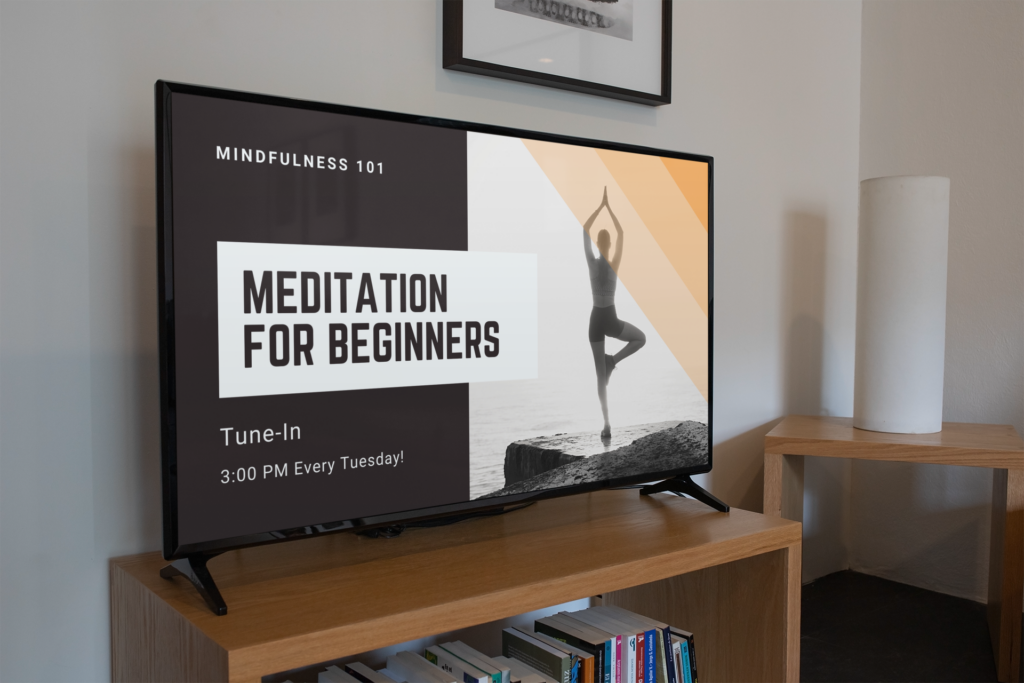
Limiting the number of residents for certain events and requesting residents sign-up to attend can create an environment where residents feel safer. Encourage residents to use the K4Community Plus app to sign-up for events in an effort to save staff the time required to manage paper sign-ups. - As you work to maintain and increase your occupancy, know that the technology you have deployed in your community and the many benefits it offers differentiates you from other senior living providers, and what is often your biggest competitor: a senior’s current home. Be intentional in finding ways to highlight how technology — such as K4Community Smart Home, a resident app, Alexa and Direct Broadcast — enhance your residents’ lives. Create a demo apartment to compliment prospective resident tours that showcases the innovative things that are part of your community’s different and better story. And don’t forget that many of your leads originate from the internet so be sure that your website and social media platforms highlight the use of technology in your community as well.
|
|
Learn more about how K4Community can partner with you as your senior living community reopens.
